26 simple ways to allergy-proof your home
Eliminate allergies and create a harmonious home

VipadaLoveYou / Shutterstock
According to AllergyUK, 41 million people are impacted by allergies – and that’s just in Britain! So, if you feel like you could be allergic to your own home or garden, then you're not alone. Indoor allergies cause sneezing, itchy eyes and irritated skin – and you'd be surprised by the simple things that can result in such strong symptoms.
From leaving shoes at the door to tackling dust hot spots around the house, read on for easy tips that will help you reduce irritants and allergy-proof your home.
Leave outdoor allergens at the door
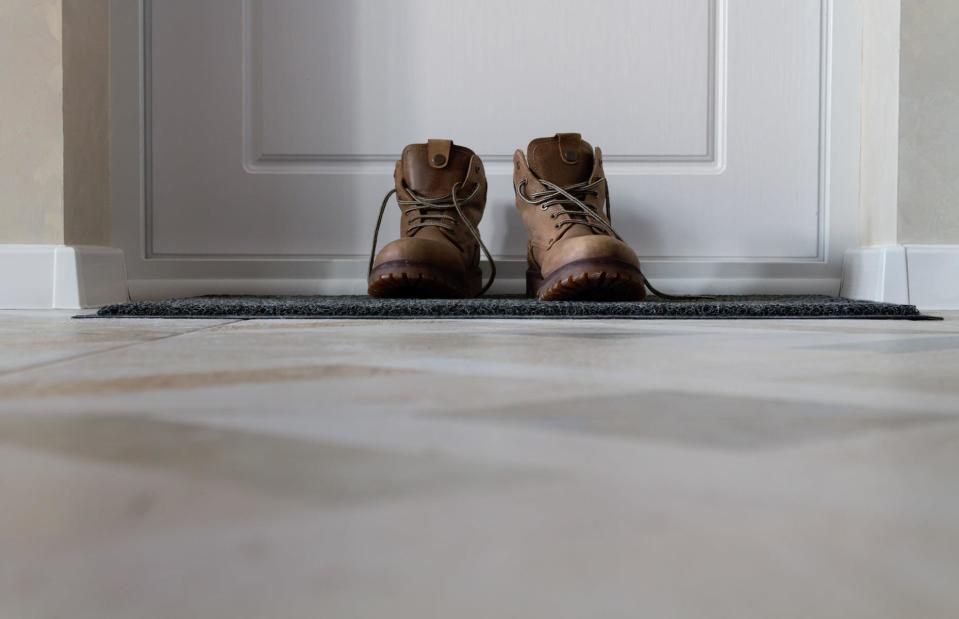
Haurashko Kseniya / Shutterstock
Are you someone who walks through the house in your shoes, or are you strict about taking yours off at the door? Well, if you're the former then you might want to pay attention. That's because shoes pick up mould and allergens like pollen, as well as scary germs and bacteria such as E. coli.
"To avoid tracking outdoor allergens inside, create a spot to remove shoes in the entryway," says Better Homes & Gardens. "Implement a no-shoes policy and use an indoor mat to catch footwear right inside the door." You might also want to vacuum this area regularly during allergy season.
Consider low-allergy plants
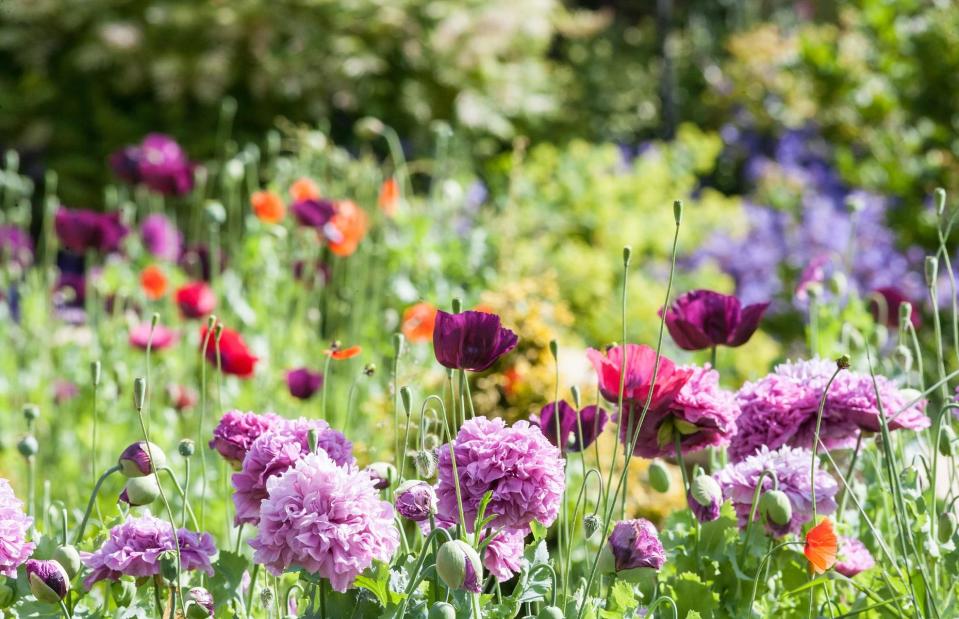
David W Hughes / Shutterstock
In the UK, hay fever season typically runs from late March to early September, with sufferers being triggered by tree, grass and even weed pollen. The condition affects up to 1 in 5 people, according to the NHS, and can "cause the nose, eyes, throat and sinuses to become swollen, irritated and inflamed".
Garden Buildings Direct suggests sufferers stick to low-allergy plants – like petunias, magnolias and fuchsias – in the garden and avoid wind-pollinated varieties. "Keep weeds at bay and maintain well-mowed grass in order to feel the difference this allergy season," it recommends.
If you have any plants with a high pollen count, ensure they are placed well away from your windows to help cut down the amount of pollen travelling into your home and worsening any symptoms.
Don't overlook the sofa
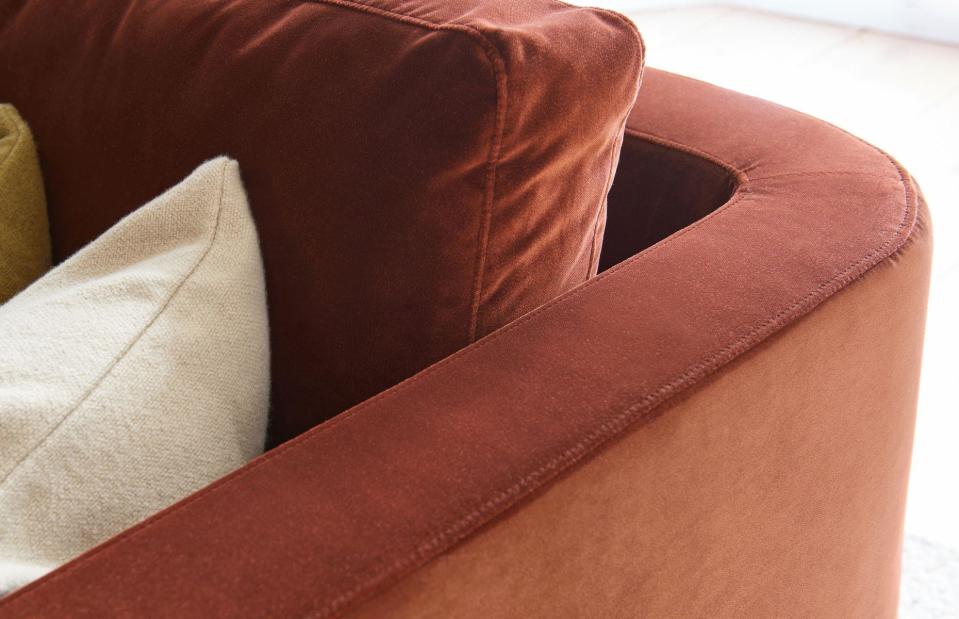
Loaf
If you find yourself sniffing and sneezing at home, then your sofa could be the culprit. Upholstered furniture prompts sofa dermatitis and can cause everything from itchy eyes to sneezing fits.
"Some individuals may experience hives, red skin, or itching upon contact with the couch," explains Jeannette Hudson, a furniture expert at Online Sofa Shop. Such reactions are often caused by a chemical called dimethyl fumarate (DMF), which is added to sofas to prevent mould and keep them smelling fresh. However, many people are allergic or sensitive to it. Jeannette recommends brushing and beating the sofa before vacuuming it to dislodge dust trapped in the fabric. Vacuum weekly and regularly wash any removable covers.
Keep your bed frame and headboard clean
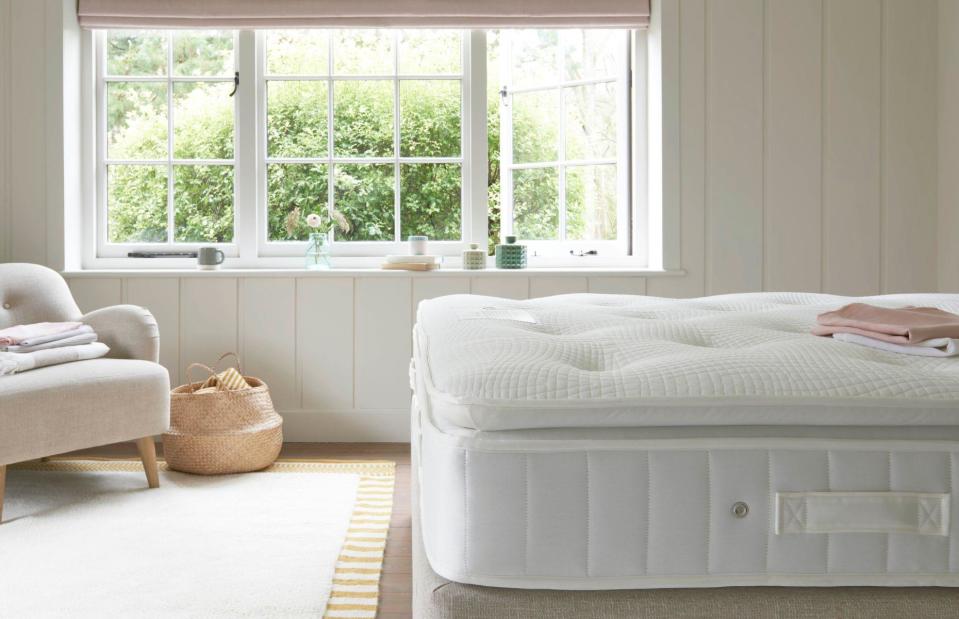
Loaf
If allergies feel especially worse in the morning, it could be down to what you are sharing your bed with. Shockingly, an estimated 12 million Brits suffer from allergies caused by dust mites.
Regularly cleaning your bed frame or fabric headboard will keep dust to a minimum, while choosing certified anti-allergy bedding will help reduce exposure to dust mites. The AAFA and AllergyUK list bed linen that passes their standards and includes duvets, sheets and mattress toppers.
Vaccuum the mattress
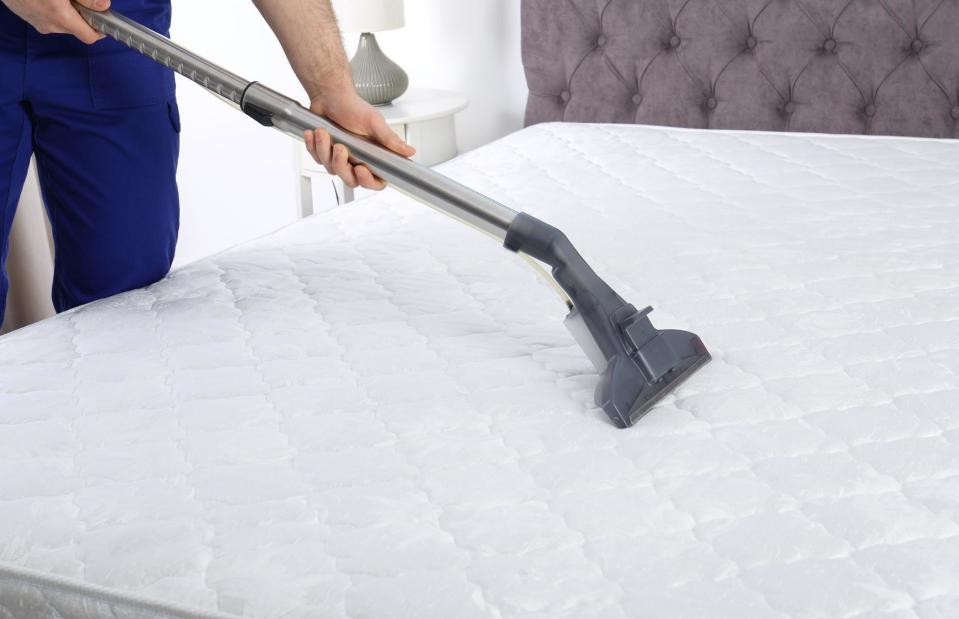
New Africa / Shutterstock
Vacuuming the bed should be part of everyone's seasonal deep clean. But, allergy sufferers should make this household chore a regular occurrence.
Mira Yordanova, owner of Top Cleaning GB, told Mattresses Online: "You should vacuum your mattress weekly to make sure that absolutely no trace of allergens is left to haunt your dreams. And don’t forget to flip it to vacuum both sides".
Refresh bed linen regularly
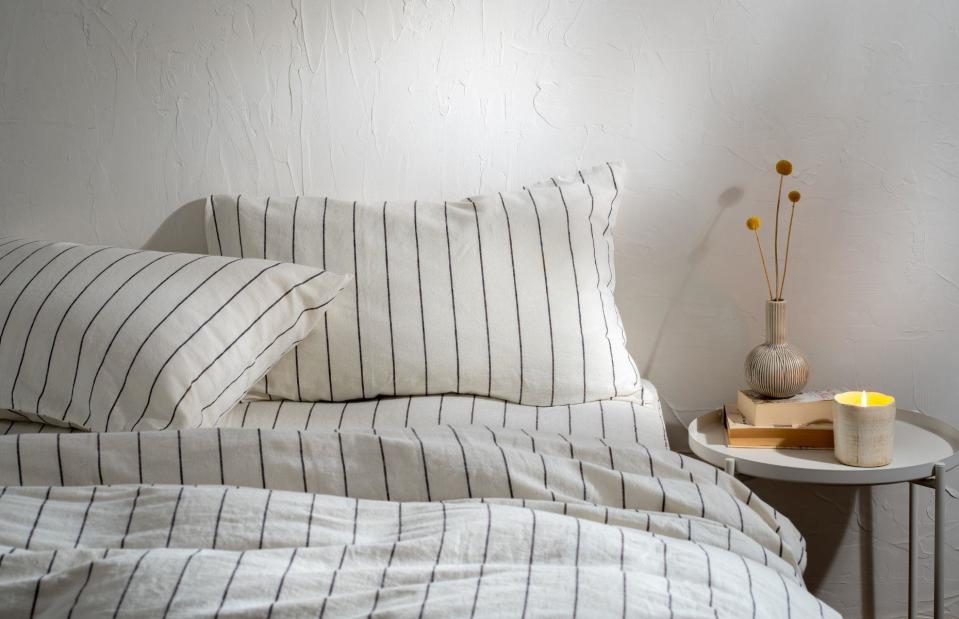
Soak & Sleep
Put the reassuring phrase "it will all come out in the wash" to the practical test by changing bed linen regularly.
"By far the most effective way to get rid of bed mites is to make sure you’re washing your sheets at least once a week at the highest temperature stated on the care instructions – 60 degrees is ideal," Dermeo suggests. Freshly laundered sheets will keep lingering allergens to a minimum, especially if they are certified anti-allergy products and made from hypoallergenic fibres.
Remove any trace of mould

Fevziie / Shutterstock
The presence of excess moisture can soon lead to the development of mould and it can not only wreak havoc on your home but also your health. "If you have damp and mould in your home you're more likely to have respiratory problems, respiratory infections, allergies or asthma. Damp and mould can also affect the immune system," the NHS explains.
Dry clothes indoors, but safely

New Africa / Shutterstock
Although the idea of a fresh breeze and sunshine-dried laundry seems a delight, clothes can become a magnet for allergens. Therefore, you may need to skip the outside clothesline on high pollen count days.
However, drying clothes indoors comes with its own risks. "Drying clothes indoors can release pollutants such as lint, dust and laundry detergent particles into the air, potentially affecting indoor air quality," explains James Auckland, heating expert at Trade Radiators.
Drying clothes inside can also raise the humidity of the room and as the wet clothes dry, "moisture is released into the air and creates the ideal conditions for the growth of mould". It's advisable to use a dehumidifier at the same time or ventilate properly by opening windows.
Invest in an air purifier
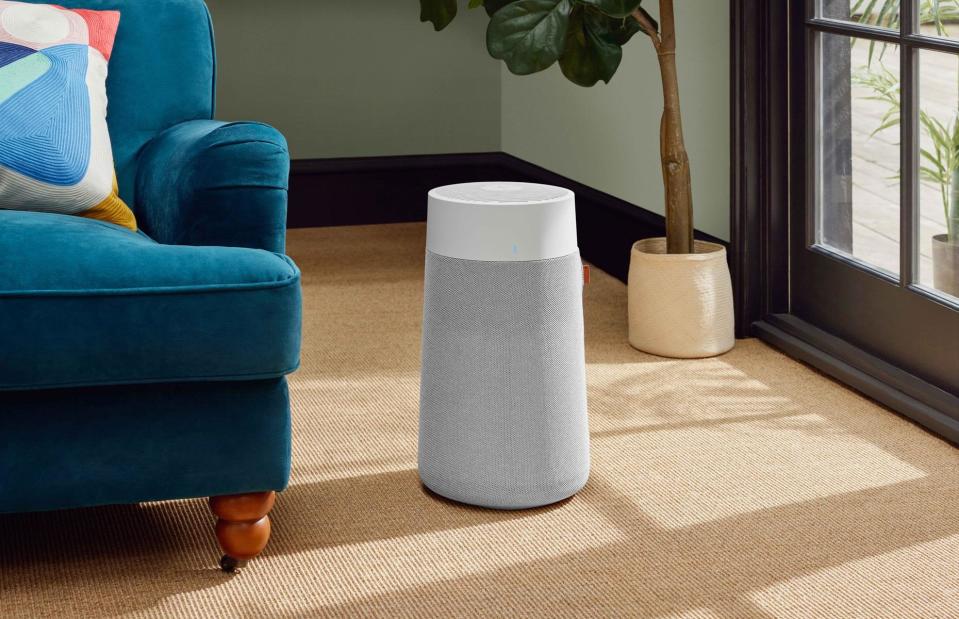
Blueair
Another fantastic way to improve your indoor air quality is by investing in an air purifier. These clever gadgets are designed to draw in dust and airborne particles, leaving indoor air fully filtered and, well, purer.
The good news is they are now widely available and affordable. A good model will improve air quality quickly, quietly and by using as little energy as possible. Some are even compact and stylish, like this one from Blueair (pictured) and can be connected to your smart home technology system.
Regularly change air filters
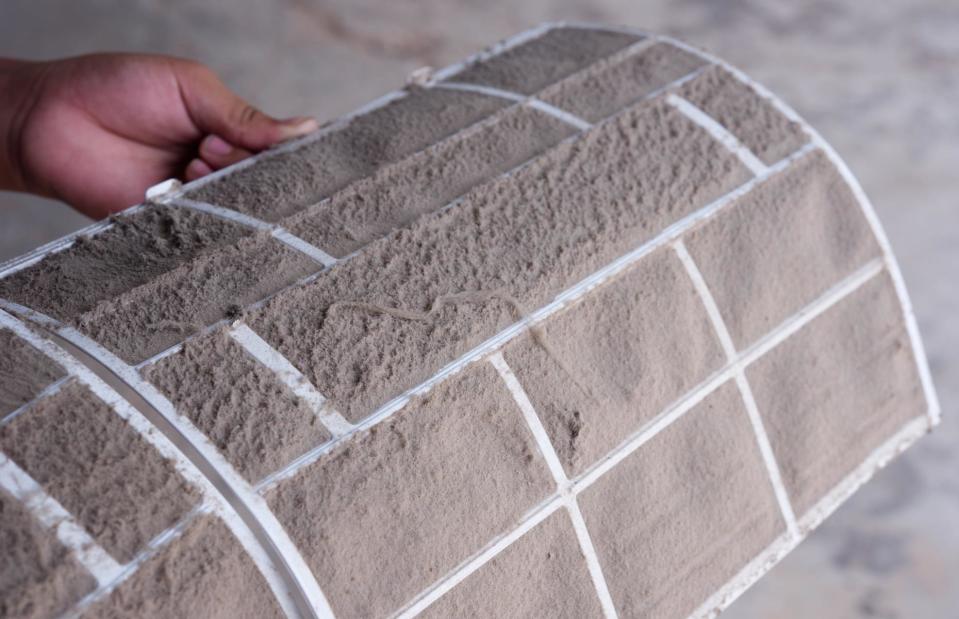
simon jhuan / Shutterstock
If you own an HVAC (heating, ventilation and air-conditioning) unit, then you will already be benefitting from improved indoor air quality and, as Everlywell states, "ensuring that your home is properly ventilated is the first step to eliminating allergens from the air". The paper filters that are generally used in such systems, including air-conditioning units, are designed to trap large particles, like dust.
However, things like mould, bacteria and pollen are much smaller in size and can slip through the fibres in regular filters, meaning they get circulated through your ductwork and blown back into your space. To prevent this, Everlywell suggests you use HEPA filters and replace them every 90 days.
Dust bust corners and crevasses
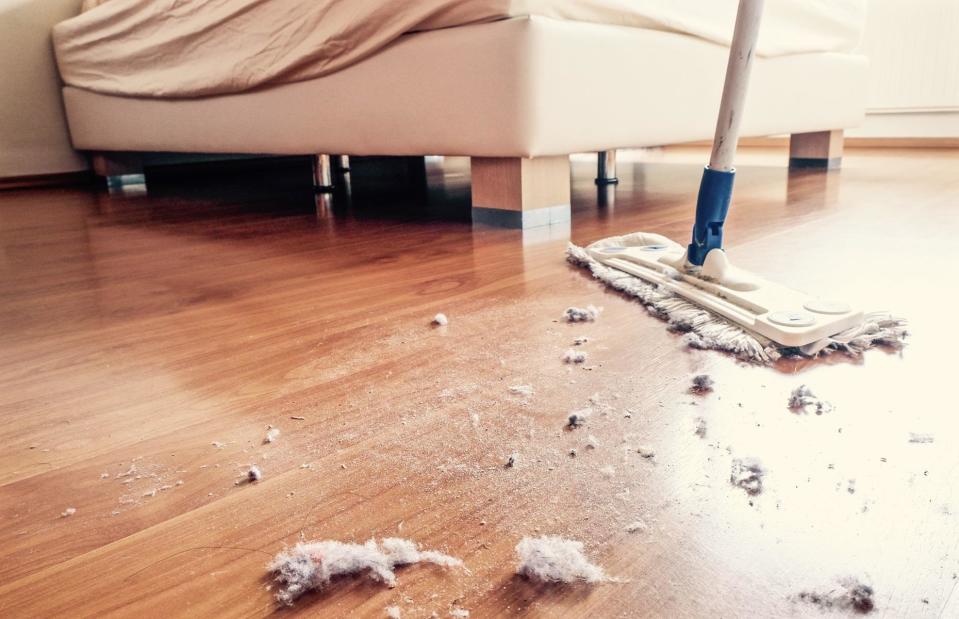
VipadaLoveYou / Shutterstock
Dust can accumulate in the most out-of-reach places, such as under the bed, so it's important to pull out furniture and remove obstacles to reach those tricky corners and crevasses.
"A vacuuming schedule helps to ensure that dust, dirt, debris and pet hair are cleaned on a regular basis. Hard floors, carpets and rugs are commonly vacuumed, but upholstery, mattresses, ceilings and walls may be overlooked," the experts at Dyson explain. Tackle any big jobs with a powerful vacuum or broom and finish any hard floors with a wet mop.
Dust tops and bottoms of cabinets
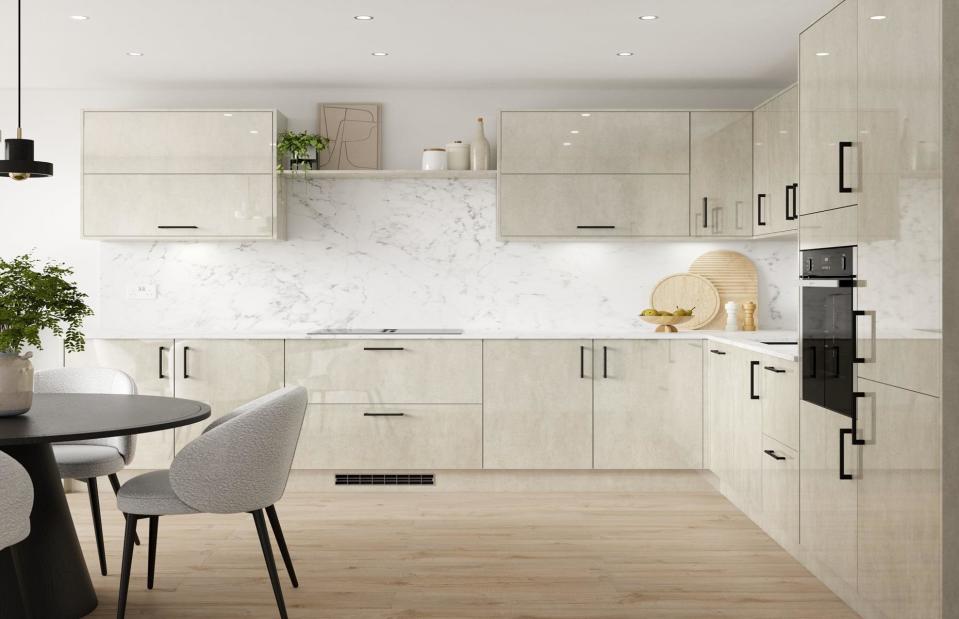
Benchmarx Kitchens
As well as tackling corners and crevasses, you need to ensure you're cleaning the tops and bottoms of your cabinets, as dust can easily gather there. You might need a step ladder to reach higher spots and you'll want to ensure you vacuum or sweep away any debris before using a wet cloth to remove finer specs of dust. Don't forget the top of your kitchen cabinets and those often-overlooked baseboards.
Regularly clean blinds and curtains
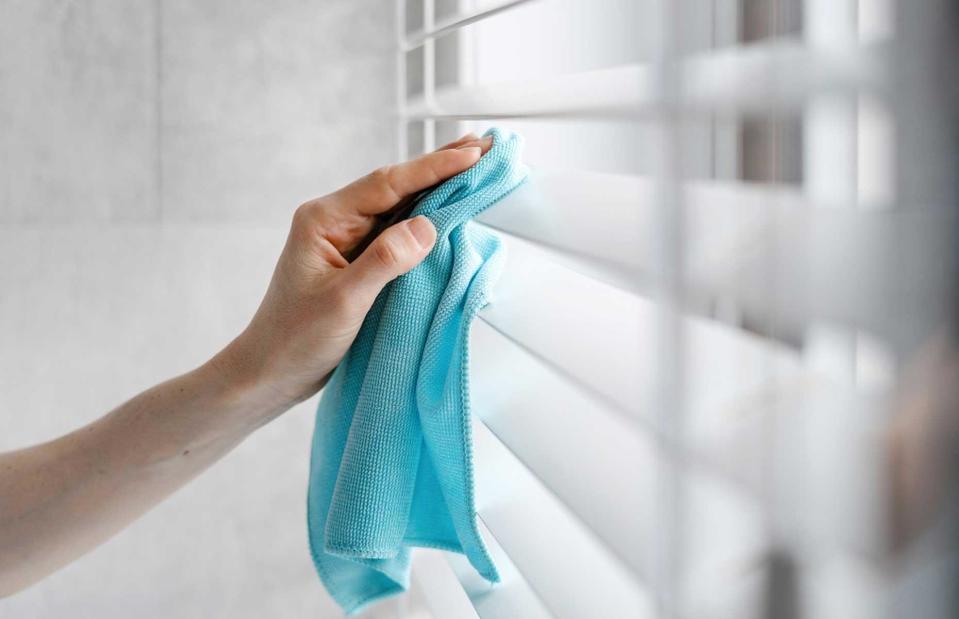
brizmaker / Shutterstock
What happens when windows are opened next to dirty curtains and blinds? Allergy-inducing dust is blown inside and around rooms. So, use a vacuum with an attachment to clean curtains and blinds regularly. Venetian blind cleaners with individual brushes for slats are handy. Alternatively, use the tong hack as suggested by One Crazy House: "Neatly wrap your dust cloths around each side of your tongs and secure them with two rubber bands a piece".
Declutter regularly
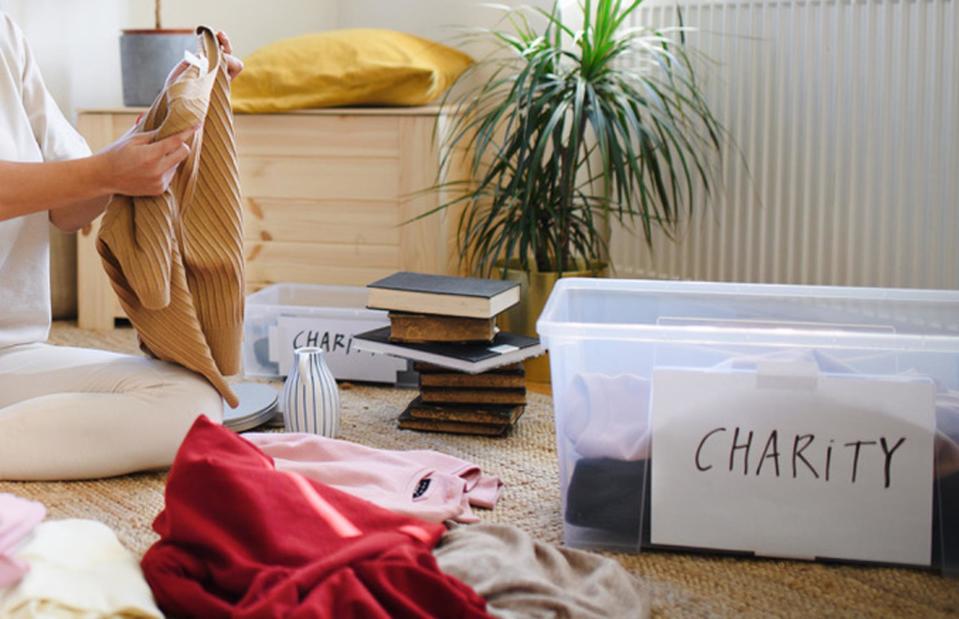
Halfpoint / Shutterstock
It goes without saying that a cluttered home will automatically attract dust. "The more possessions a person has lying about, the less likely they are to be able to frequently dust and vacuum and this can be a trigger for dust allergies," explains Highland Hospital.
Learn to damp dust
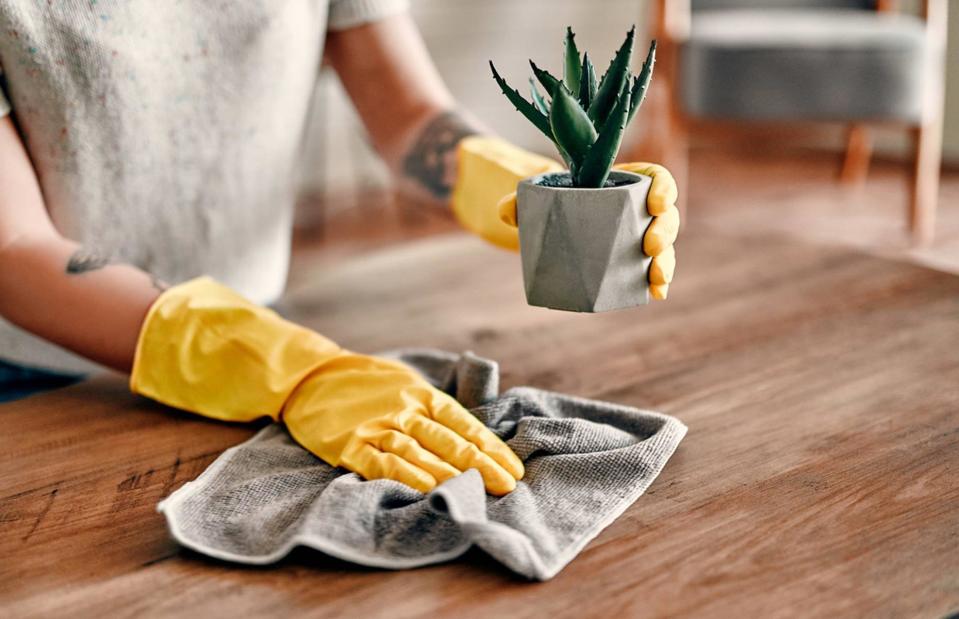
ORION PRODUCTION / Shutterstock
Damp dusting is such a simple trick that makes a huge difference to allergy sufferers and it's a method to adopt if you want to clean your home like a professional.
Gemma Bray, owner of @the_organised_mum explains: "It purely means that I use a damp cloth (usually a microfibre cloth) to wipe surfaces. When you damp dust you trap all the dust on the cloth, which stops it from being sent in the air in the room."
Select house plants carefully
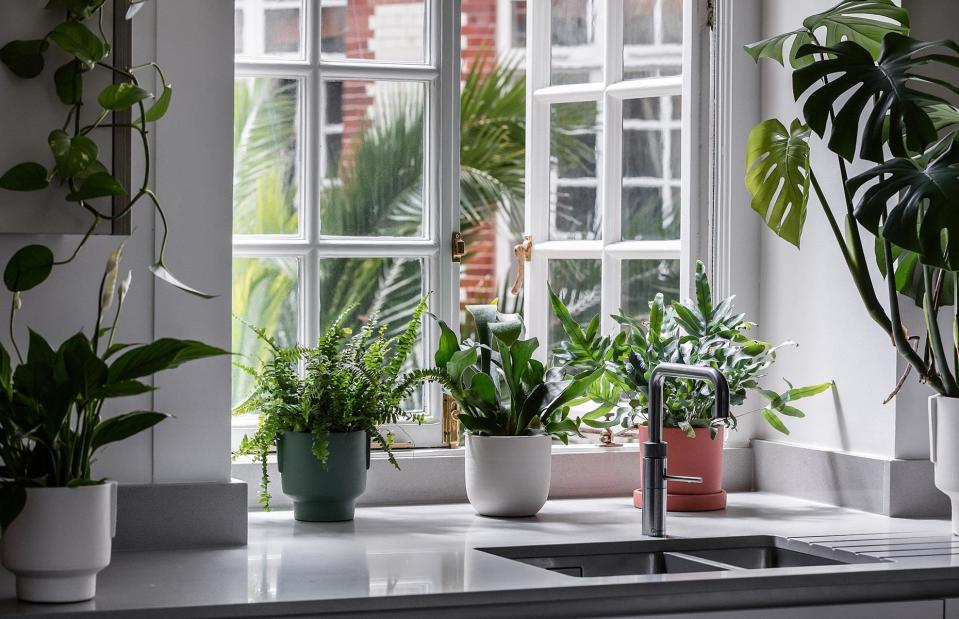
Leaf Envy
House plants are a joy to own. They add lush, natural colour, purify the air and, as research suggests, improve our well-being. That being said, allergy sufferers need to be selective, because varieties that flower will release pollen into the air. Also, mould can grow on top of plant soil if it gets too wet. Avoid over-watering and poor drainage and your plants should stay mould free.
Plus, many people overlook the dust that accumulates on houseplants. “It is very beneficial to keep on top of dusting houseplants,” explains Harry Bodell, a gardening expert at PriceYourJob.co.uk. “Not only does it greatly benefit the health of the plants, but it can also benefit your health and the health of anyone else who enters your home." It's best to dust your houseplants weekly.
Rid dust from the vacuum cleaner
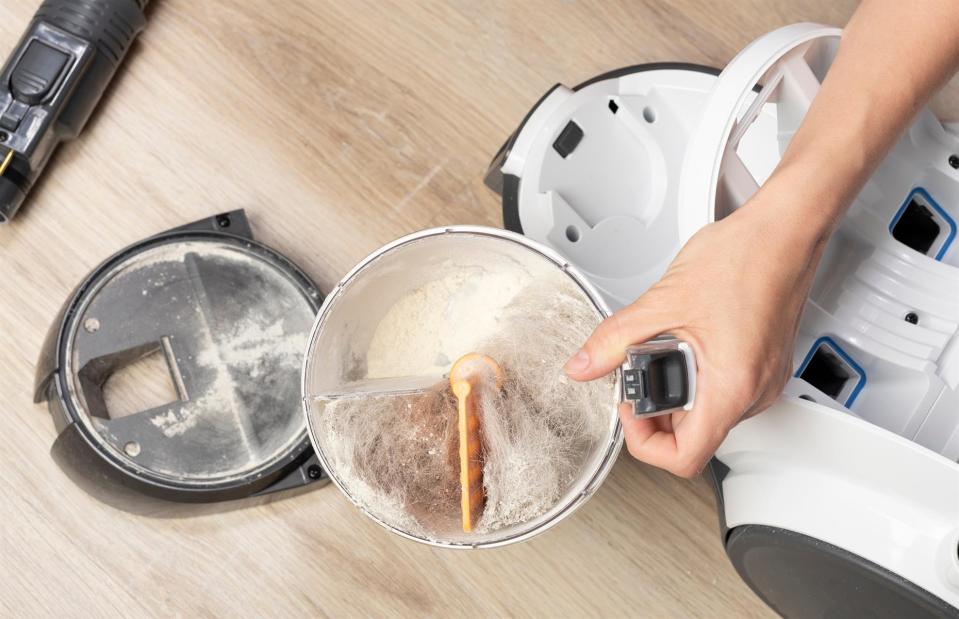
Olya Maximenko / Shutterstock
When did you last empty your vacuum cleaner or change the dust bag? It can be easy to forget that housework tools need an MOT too, and without regular maintenance, a vacuum cleaner can clog up and fail to do a thorough job. Or worse, redistribute dust and dirt to other parts of the home. Cleaning company, Molly Maid, recommends regularly cleaning your machine's canister, filter and base plates to ensure thorough suction. You should also empty the collection chamber after every use.
Swap out scented candles
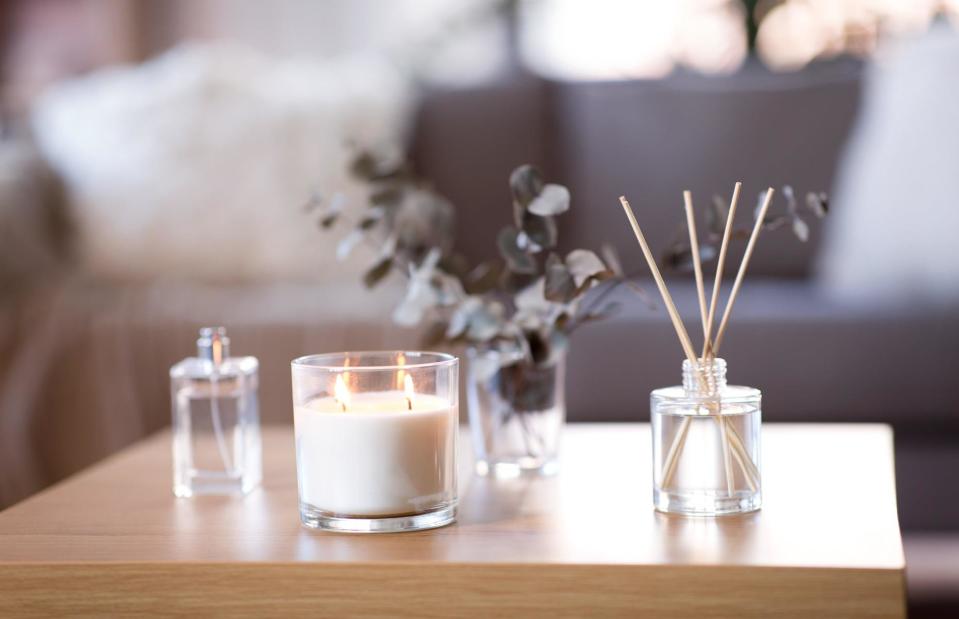
Ground Picture / Shutterstock
Who doesn't love a scented candle? An allergy or asthma sufferer, of course! Cathryn Sanders, head of creative at Earthborn explains: "They can be an irritant...as they emit VOCs. If you find that you are coughing, or feel more breathlessness, from lighting a scented candle or spraying an air freshener, we would recommend avoiding these." If symptoms are mild, Cathryn says: "Opt for a beeswax candle instead because these are the cleanest."
Select a specialised vacuum cleaner
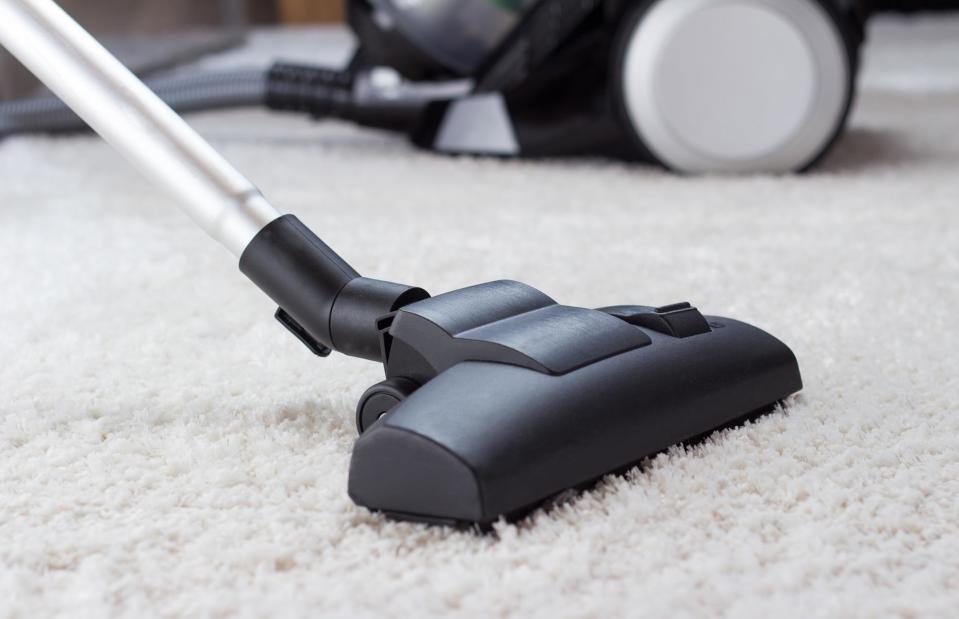
Alfred Gruener / Shutterstock
Vacuum cleaners specially designed to combat allergens will offer a more specialised cleaning. Look for products that have advanced HEPA filtration and allergy-free emptying solutions. Mira Yordanova, owner of Top Cleaning GB, told Mattresses Online that using a criss-cross pattern while vacuuming is a top tip. "Moving the vacuum in different directions will ensure you are getting deeper into the fibres of the carpet to pick up more pollen," explains Mira.
Mix a dust-repellant spray
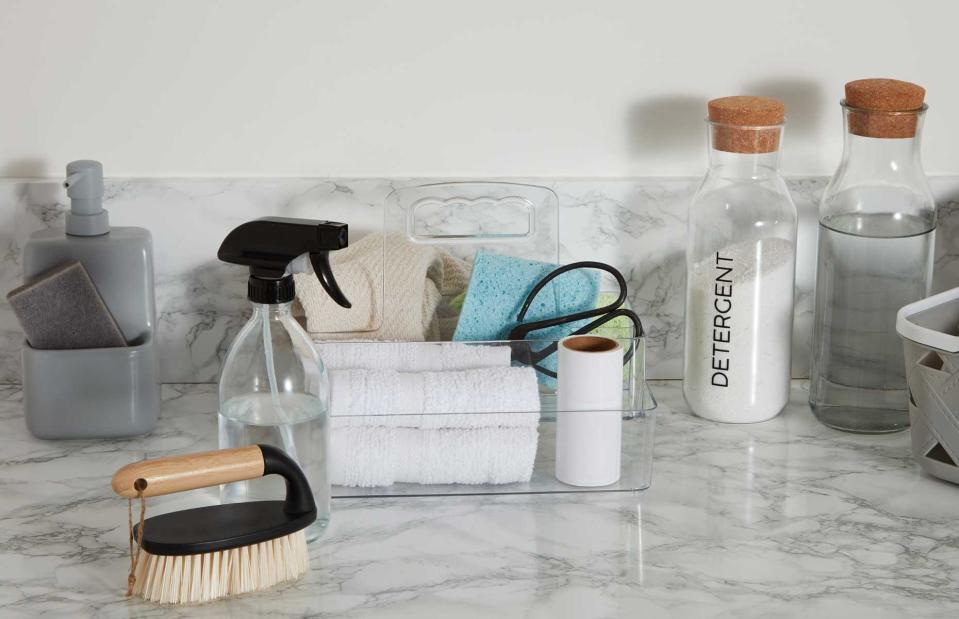
B&M Stores
Here's how to turn a dusting chore into a strangely satisfying cleaning job. This natural DIY spray can keep surfaces cleaner and is a potion used by Mira Yordanova. Mix ½ cup of water (125ml), ¼ cup of vinegar (60ml), 2 tablespoons of olive oil and a few drops of essential oil of your choosing to give your spray the perfect scent – remember to check if it’s safe for allergy sufferers and pets. Once sprayed, wipe the surface with a clean cloth. This dust-repellant spray will help keep dust and pollen away.
Convert to eco-cleaning

Anna Puzatykh / Shutterstock
Making the switch to natural cleaning products will help with allergy-proofing your home. Sue Caldwell from Clean Living explains: "Being free from nasties such as chlorine and ammonia, biological formulations, like Clean Living products, are a great solution. They feature clever plant-based formulations that are supercharged with live, healthy bacteria to attack dirt, eliminate odours and dissolve grime."
Clean pet supplies regularly
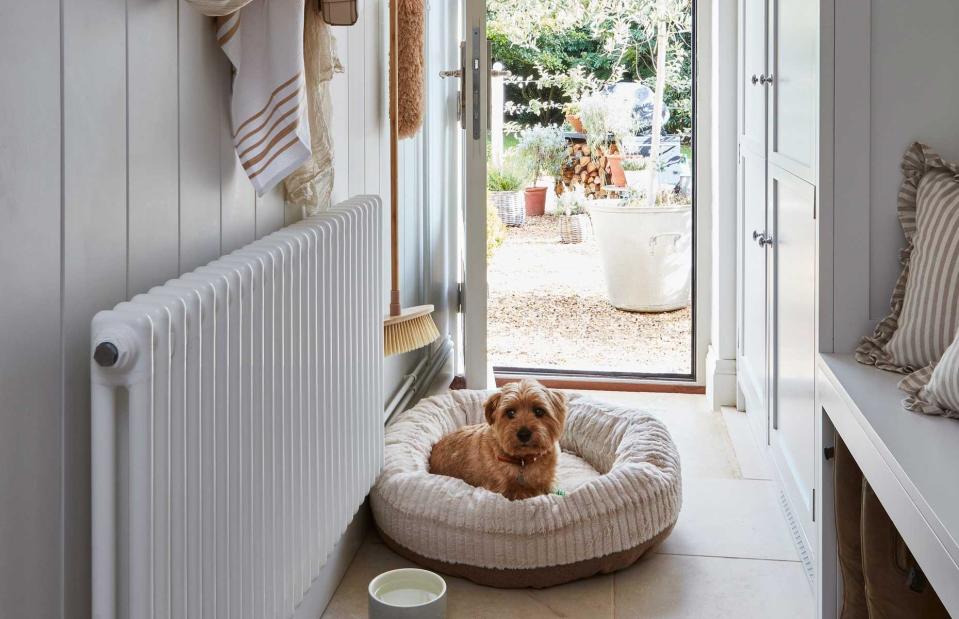
Dunelm
Sadly for animal lovers, pet dander – the tiny flakes of skin shed by pets such as cats and dogs – can trigger asthma attacks. However, there are measures that you can take to reduce your risk. Cathryn Sanders suggests that you invest in "a zippable cover for your pet’s bed", which will help to reduce allergens – just be sure to check that it's machine washable and dust-mite proof, for the best results. You'll also want to ensure your dog's toys and walking accessories are regularly sterilised or wiped down.
Don't allow pets on the bed
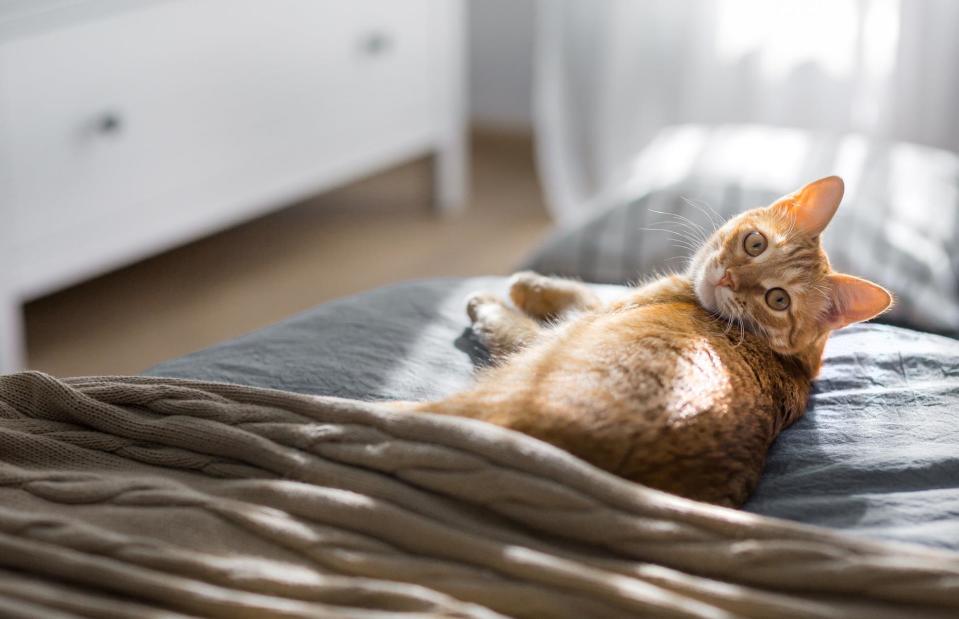
Nikita Dukhnik / Shutterstock
The Sleep Foundation states that 56% of people sleep with a pet in the bedroom. They might be man's best friend, but pets carry allergens, including pollen, and can suffer from parasites, so allowing them onto – and even into your bed can aggravate allergies and lead to asthma. If you can't bear to be without your fur baby for the night, consider providing them with their own bed on the floor.
Lay natural flooring
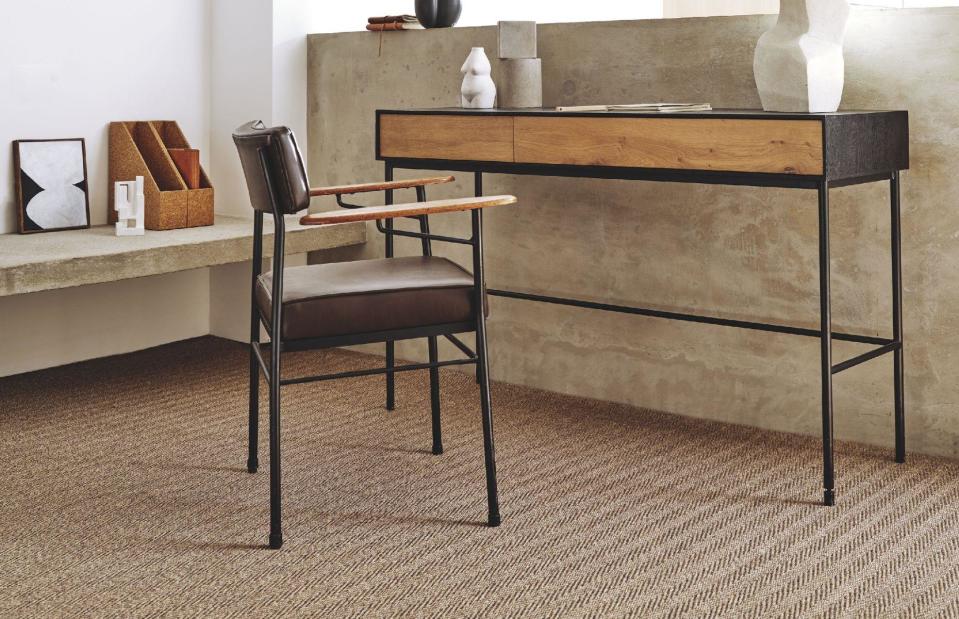
Carpetright
According to keywordtool.io, searches for ways to reduce pollen in the home increased by 143% in 2023. Sisal carpets have natural fibres and are great for people who suffer from allergies and asthma. Johanna Constantinou, Brand Communications Director at Tapi comments: "Unlike most synthetic materials, sisal doesn’t produce volatile organic compounds (VOCs). They are becoming a popular flooring option, as it’s an environmentally friendly alternative to synthetic materials."
Avoid deep pile rugs
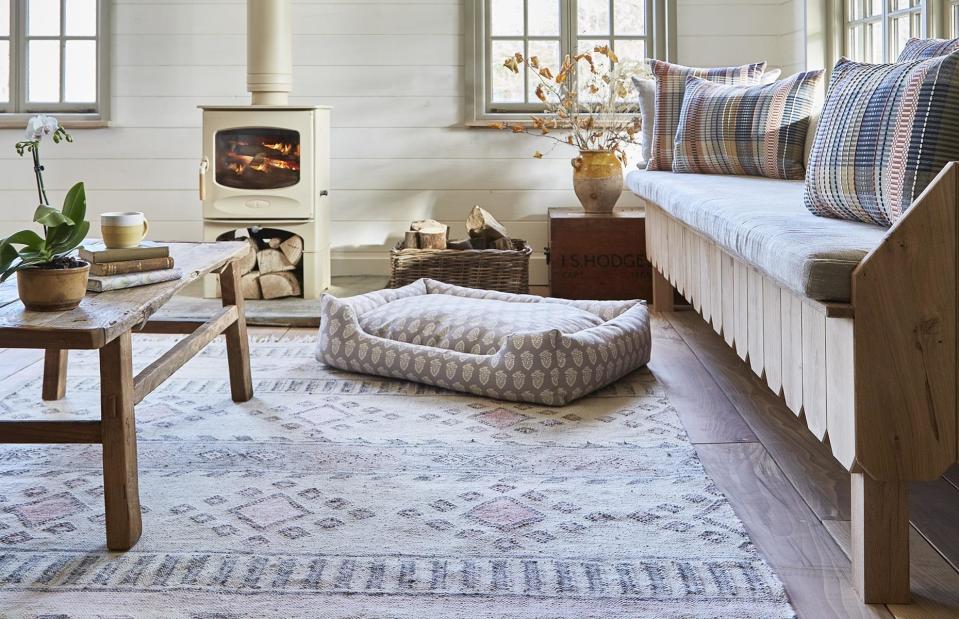
Weaver Green
Stylish feature flooring needn't be a no-go for allergy sufferers. Low-pile carpets and rugs have shorter fibres, so it’s harder for dust, dirt and other allergens to accumulate in them. Johanna Constantinou, explains: "They’re easier to clean and regular vacuuming and occasional deep cleaning will remove any allergy triggers. They’re available in different natural materials, including hypoallergenic options such as wool."
Coat walls in clay-based paint
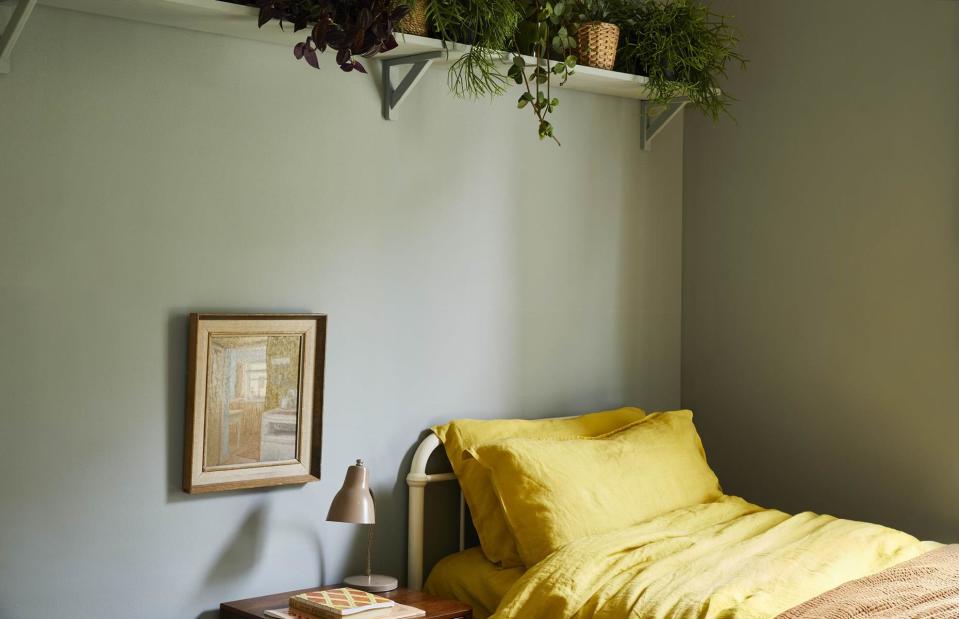
Earthborn
VOC stands for Volatile Organic Compound and these can be released from paints. Cathryn Sanders, says: “Opt for a paint which emits low levels and, ideally, paints that are virtually VOC free. It is widely accepted that products that emit under 30 grams per litre are considered low, with virtually VOC free at 0.5 grams per litre.”
Clay-based emulsion minimises condensation and deters mildew. It has exceptional breathability and is virtually VOC-free, so the ideal paint choice for allergy sufferers.


